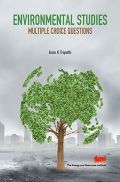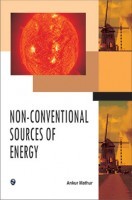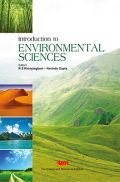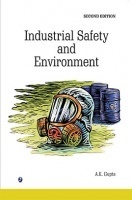Conservation of biodiversity by local communities has been part of the social system in the Himalayas. A variety of ecosystems are conserved traditionally by local communities. These communities are fully aware of the relationship between protecting the nature and getting ecosystem goods and services. The van panchayat system in Uttarakhand and sacred natural sites all over the Himalayas suggest a mix of the institutions in the region. Globally, community conserved areas (CCAs) are gaining importance. Biodiversity Heritage Sites, Community Reserves, and Conservation Reserves are the new institutional legal provisions that recognize the efforts of local communities in biodiversity conservation in India.
The present volume highlights the importance of the existing systems in terms of their role in biodiversity conservation with community participation and suggests ways to enhance community-based biodiversity conservation in light of the emerging policy provisions. It would serve as an important reference for a wide range of stakeholders, from policy-makers to environmentalists, biodiversity experts, development practitioners, academicians, and researchers.


















